
In today’s digital world, our lives are intertwined with technology, with digital devices seamlessly integrated into most of our daily routines. While this portable technology enhances our lives in countless ways, unsafe use of personal audio devices can pose a significant risk to our auditory health by causing Noise-Induced Hearing Loss (NIHL). In this guide, we look at how digital devices can impact your auditory health and provide practical hearing loss prevention tips for the digital age.
Understanding Hearing Loss in the Digital Age
In today’s fast-paced world, we find ourselves constantly bombarded by noise. Whether it’s the racket of traffic on city streets or the constant hum of bustling public spaces, our ears are subjected to a relentless roar of sound.
Plus, with modern technology more accessible than ever, this exposure is compounded by digital audio devices like computers, tablets, and mobile phones. When used with headphones or earbuds, these electronics not only deliver sound directly into the ear but also enable users to use them at unsafe volumes, often unknowingly.
The convenience and portability of personal audio devices have also revolutionized the way we consume media. However, this convenience can come at a cost if not consumed responsibly. Whether listening to music or watching videos, prolonged exposure to high noise levels significantly increases the risk of noise-induced hearing loss.
What is Noise-Induced Hearing Loss?
Noise-induced hearing loss (NIHL) is a type of hearing loss caused by prolonged exposure to loud noises or sudden, loud bursts of sound. NIHL is the result of damage to the delicate hair cells in the inner ear, which are responsible for transmitting sound signals to the brain. Damage to these delicate hair cells can’t be reversed, resulting in a permanent decline in hearing sensitivity.
According to the CDC, approximately 26 million adults in the U.S. between the ages of 20-69 have permanent noise-induced hearing loss. This statistic underscores the urgent need for greater awareness and proactive measures to address the rising tide of NIHL today.
Practical Tips to Protect Your Hearing in the Digital Age
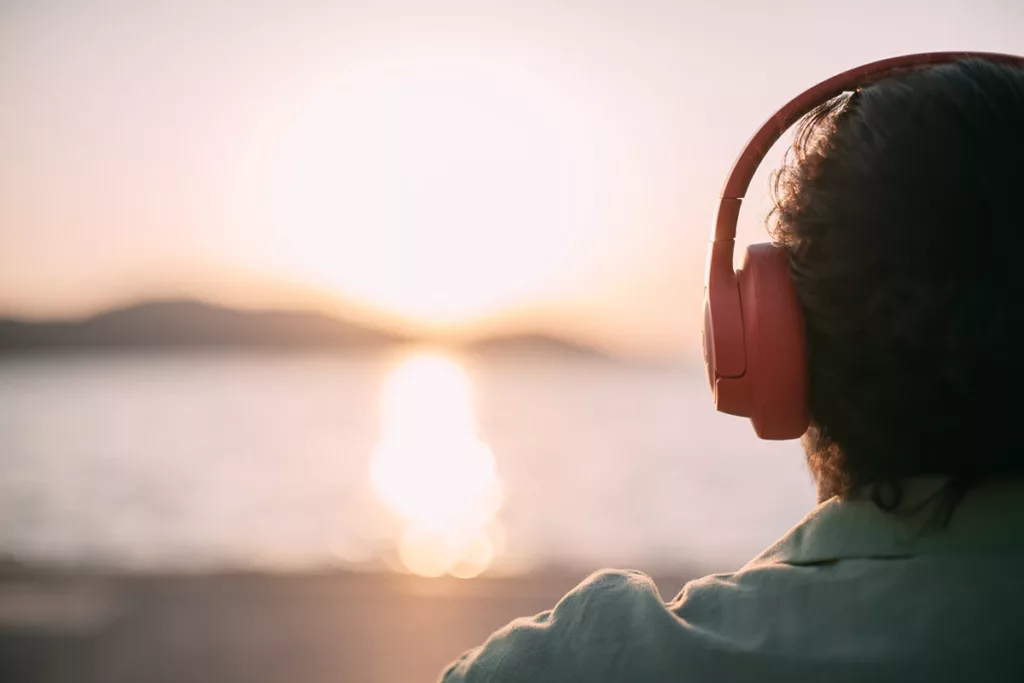
In the digital age, protecting ourselves from the potential risks of NIHL requires awareness and proactive measures. Below we provide tips and lifestyle strategies that can help limit the risk of noise-induced hearing loss.
By implementing these practical tips into your daily routine, you can enjoy the benefits of digital technology without compromising your auditory well-being.
Limit Your Exposure to Loud Noises
Sound is measured in decibels (dB), with higher levels indicating louder sounds. The louder a sound, the faster it can harm your hearing. For instance, sound levels over 100 dB can damage hearing in just 15 minutes without proper protection.
To avoid potential hearing damage, the World Health Organization (WHO) advises noise exposure levels should not exceed 70 dB over a 24-hour period to avoid hearing damage. At 85 dB, WHO advises exposure for no longer than one hour to prevent possible hearing damage.
When using personal audio devices, adjust the volume settings to ensure they are at safe levels. Many smartphones and audio players have built-in features that allow you to cap the maximum volume to prevent overexposure.
Give Your Ears a Break
Give your ears a break from continuous exposure to sounds by taking regular listening breaks. Whether you’re watching television, playing a video game, or listening to music for an extended period, make it a habit to take short breaks every hour to allow your ears to rest. Frequent breaks give your auditory system time to recover, lowering the risk of potential hearing damage.
Wear Hearing Protection at Live Events
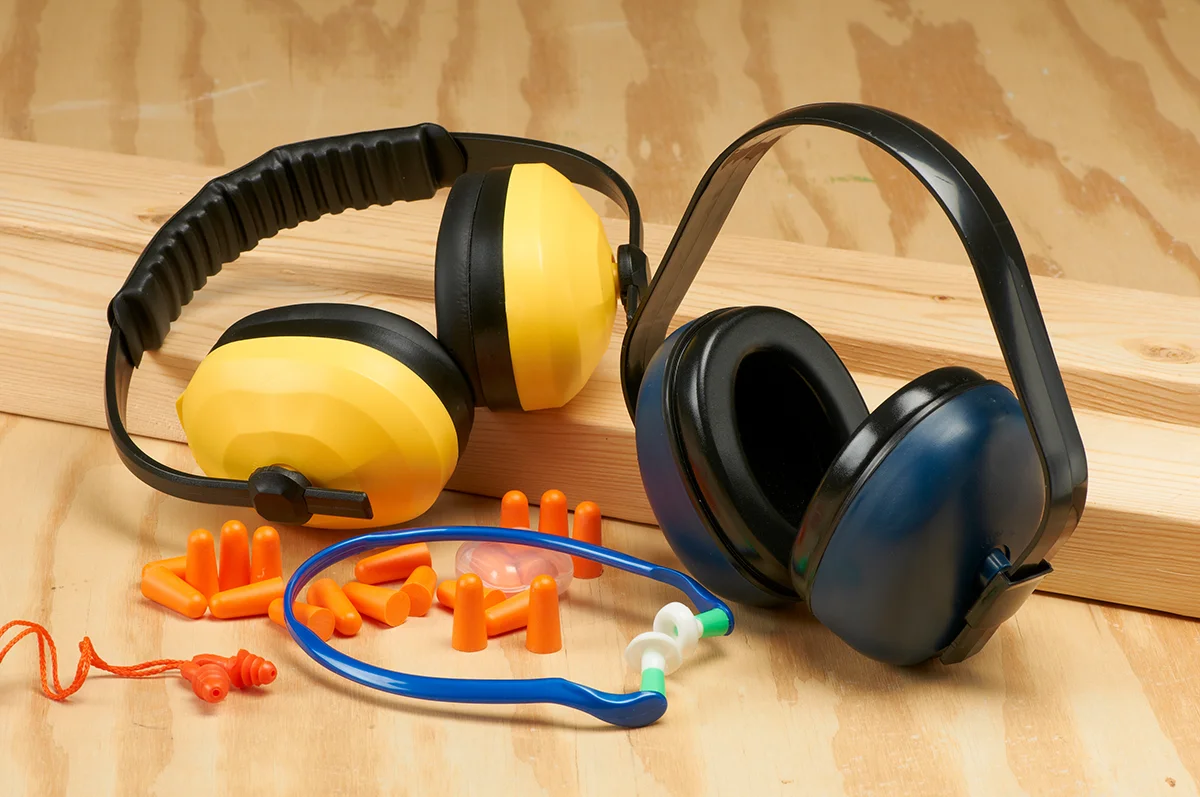
Without proper preventative measures, noise levels at live events like concerts, sports games, etc., can cause significant damage to your hearing. One of the best ways to safeguard your hearing at loud events is by wearing dedicated hearing protection devices with a certified Noise Reduction Rating (NRR).
Noise Reduction Rating (NRR)
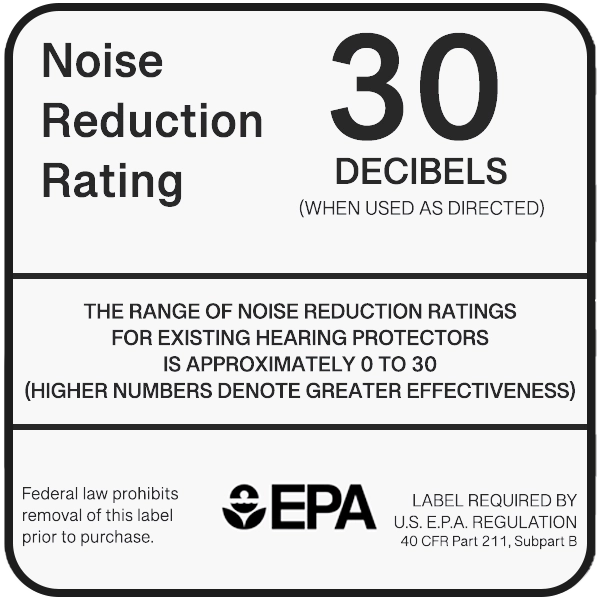
NRR is a numerical rating that indicates the maximum number of decibels (dB) the device can reduce noise intensity by. For instance, earplugs with an NRR of 25 dB can reduce the noise entering your ears by up to 25 dB when worn correctly.
There are several types of styles of NRR hearing protection devices available, including:
- Disposable earplugs
- Reusable earplugs
- Earmuffs
- Custom-molded earplugs
It’s important to remember that not all hearing protection devices offer the same level of noise reduction. By selecting hearing protection with an appropriate NRR for the noise level of your environment, you ensure optimal protection against NIHL. Failure to use hearing protection with a sufficient NRR may leave you vulnerable to excessive noise exposure and potential hearing damage. In addition, hearing protection must be worn properly (fitted appropriately with no leakage) to ensure that you are receiving protection.
Practice the 60/60 Headphone Rule
The 60/60 rule suggests keeping the volume of your headphones at or below 60% of the maximum level of your audio device and listening for no more than 60 minutes at a time. Following this rule when using headphones or earbuds can help you strike a balance between enjoying your audio entertainment and protecting your hearing.
Use Noise-Cancelling Headphones Responsibly
By blocking out background noise, noise-canceling headphones allow you to enjoy audio content at a lower, safer volume, thereby minimizing the risk of hearing damage over time. However, it’s important to note that noise-canceling headphones pose just as much a risk to your hearing as conventional headphones when used at an unsafe volume.
To use noise-canceling headphones responsibly, it’s important to remain mindful of how loud the audio is, and to take regular listening breaks, giving your ears time to rest and recover.
Get Routine Hearing Assessments
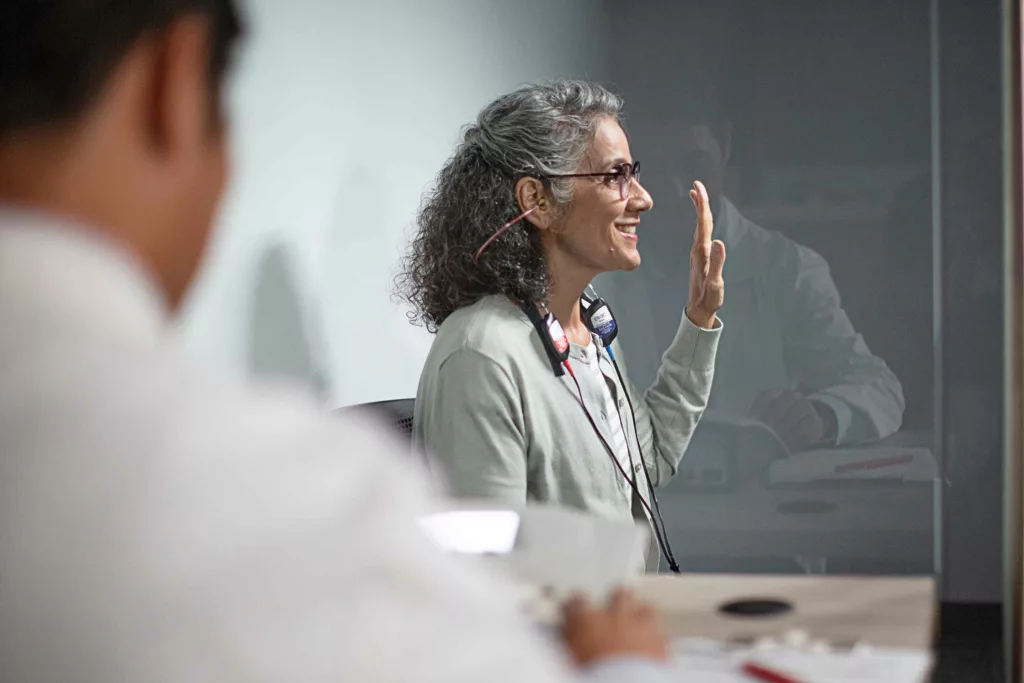
Regular hearing assessments are essential to monitoring and maintaining your auditory health. These routine exams provide valuable insights about your hearing and help ensure any potential concerns or signs of hearing loss are identified and addressed promptly.
Early detection of hearing loss or other hearing-related conditions is essential to mitigate their impact on daily life. By getting routine hearing assessments, you are more likely to identify a potential problem at its early stages and receive timely care.
Schedule a Hearing Exam at an Audibel Hearing Clinic Near You
In today’s fast-paced, technology-driven world, it is easier than ever to unintentionally put your hearing health at risk. By understanding the risks associated with prolonged exposure to loud noises and using personal audio devices responsibly, you can significantly reduce the likelihood of developing noise-induced hearing loss.
Safeguarding your hearing health is about more than just protecting your ears; it’s an investment in your quality of life. If it’s been over a year since your last hearing exam, or if you suspect you are experiencing any signs of hearing loss, it’s important to schedule an assessment as soon as possible. Don’t wait until it’s too late – take control of your hearing health by finding an Audibel clinic near you today.



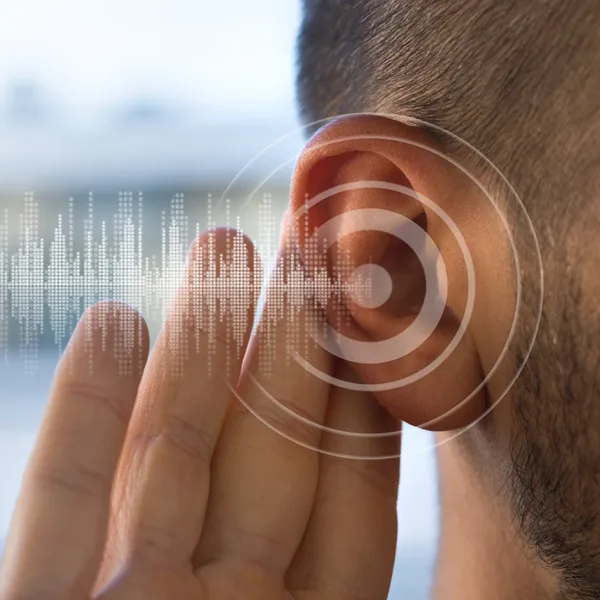



Have a question or Comment?